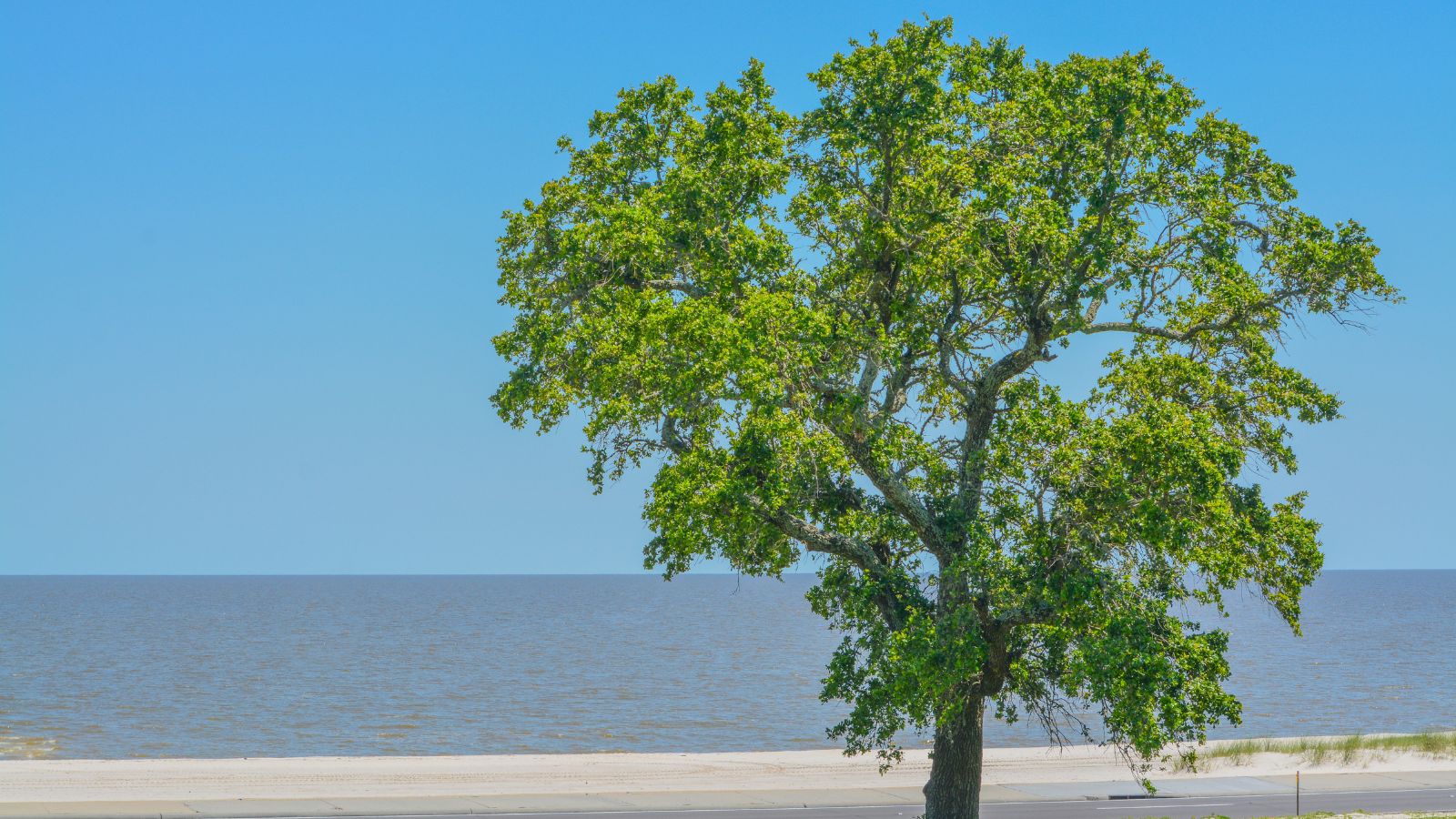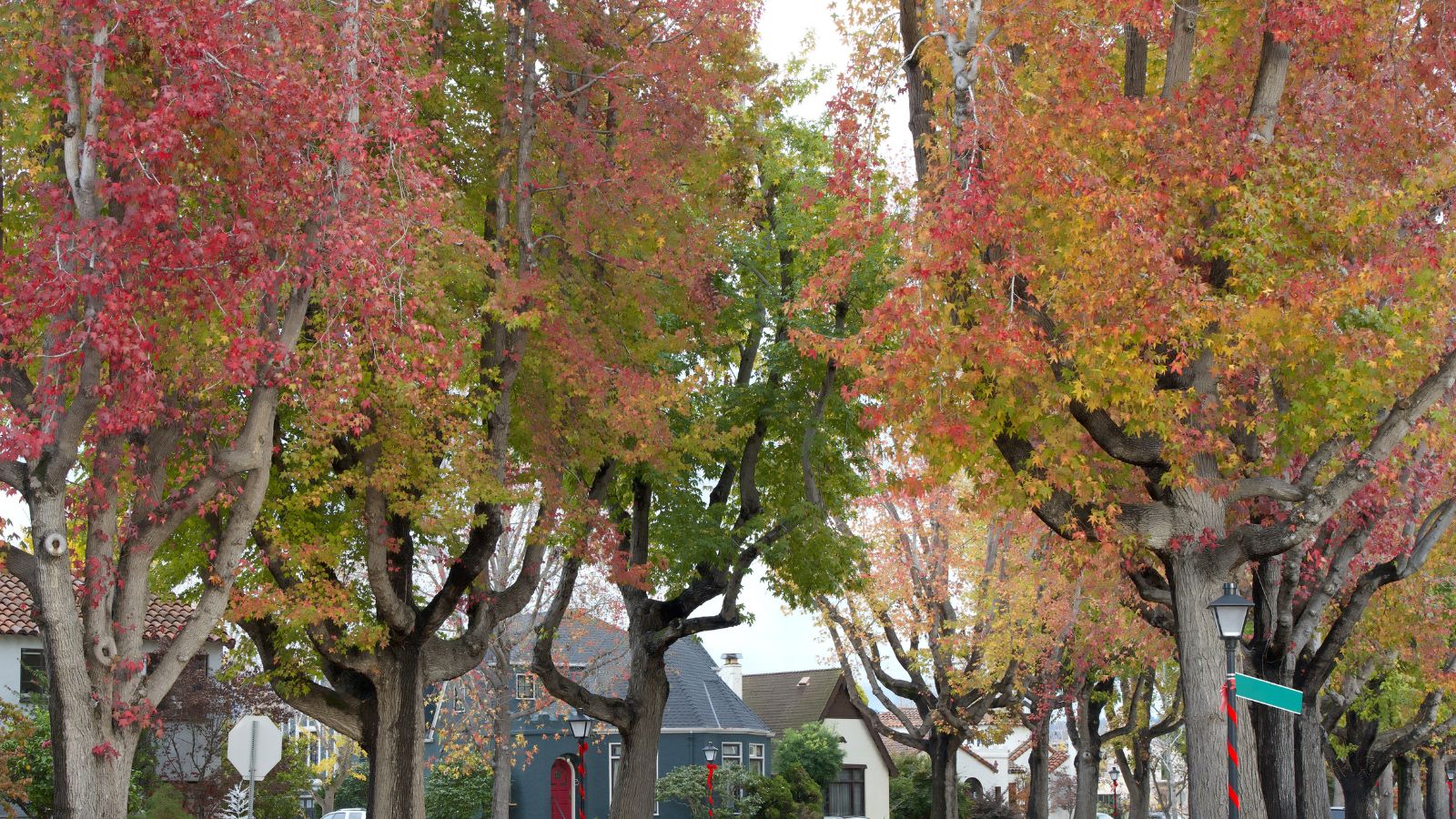There’s just something about having trees in your front yard that makes your property feel more homely. However, this often leads Americans to plant trees near their home without thinking about what they’re doing, often leading to negative consequences. You might be thinking this sounds like an overreaction, but seriously–with some trees, such as the ones listed in this article, you simply shouldn’t ever plant them near your home.
Willows

Firstly, never plant willows near your home, as they’re water-lovers, and their roots can, therefore, stretch far and wide in search of moisture. When planted too close to a house, they may invade pipes, sewage systems, and foundations, creating costly plumbing repairs or worse. Furthermore, their drooping branches look serene, but they often shed, which can lead to blocked drains and gutters. So, if you’re going to plant one, make sure you have plenty of land to keep it far from your house.
Silver Maple

The rapidly growing silver maple seems like an obvious choice for a front yard tree, but they’re not as innocent as they may seem. It’s not their fault, but their root systems are just too aggressive and invasive, potentially leading to them damaging sidewalks, driveways, and home foundations. This is a serious matter that shouldn’t be overlooked, with worst-case scenarios including hefty bills from the authorities or even a structurally unsound home.
Poplars

Another tree that you should never plant near your house is the poplar, notorious for its far-reaching roots that can stretch out two to three times their height. As a result, their roots often end up cracking foundations and disrupting underground utilities, which isn’t good at all. Yes, their fast growth makes them tempting, but they’re short-lived and prone to disease, so we’d recommend leaving your home poplar-free.
Black Walnut

People often forget that black walnuts produce a toxic substance called juglone, which prevents many plants from growing nearby. Therefore, if you plant one near your home, you may find other garden plants struggling. Additionally, their large, hard-shelled fruits drop heavily, which can clutter walkways and damage vehicles or outdoor furniture. Ultimately, whether this tree is viable for you depends on your circumstances, but in general, they’re a lot of hassle.
Oak

Nobody can deny that oaks are majestic, long-lived trees that would look amazing in our front yards–that is if they didn’t require so much space for their roots. Thankfully, oaks are less likely to damage foundations than trees with aggressive, shallow roots, but it can still become a problem, and their dense canopy can heavily shade nearby gardens, limiting sunlight for other plants. Moreover, the acorns that they drop can create quite a mess around your yard (although the local squirrels will love them!)
American Elm

American elms are loved by many for their classic shape, but their shallow, aggressive roots can cause structural issues. You can expect the roots of an American elm to disturb foundations, sidewalks, and water lines, potentially causing serious damage that you can’t afford to fix. If you’re still not convinced, these trees are also vulnerable to Dutch elm disease, which spreads quickly, and infected trees may need to be removed entirely.
Eucalyptus

Americans often try to plant eucalyptus trees in their yards due to their rapid growth, which can lead to towering heights in a short time. This might sound like a good idea initially, but their rapid roots can disrupt nearby structures if planted too close. Beyond that, eucalyptus leaves have oils that can become highly flammable, raising the risk of fire hazards in certain climates.
Mulberry

Mulberry trees produce a sweet fruit, but the mess from their fallen berries is sticky and hard to clean. Moreover, the roots of mulberries are large and disruptive, often lifting pavements and damaging structures. Yet another issue is that they’re also a magnet for birds, and this will inevitably contribute further to the mess that the fruits will have already created.
Honey Locust

Even though they’re hardy and attractive trees, honey locusts shouldn’t be planted near homes because their roots expand very quickly, leading to potential interference with pipes and foundations. Some honey locust varieties also have large thorns, which can be a hazard if planted close to walkways or areas where people or pets frequent. There’s really no need for them, as there are plenty of less destructive plants that will look great next to your home.
Cottonwood

As with several trees on this list, cottonwoods are popular choices due to how fast-growing they are. You’re probably aware by now, though, that this makes them invasive, potentially clogging water lines or cracking sidewalks. They also produce a significant amount of fluffy seeds that can clog air filters and coat outdoor spaces in white fluff, adding maintenance headaches during their shedding season.
Bradford Pear

Don’t be misled by the small size of the Bradford pear tree–they’re notorious for their weak branches, which can break easily during storms. This fragility, coupled with their short lifespan, often means they require more attention and frequent replacements. Their smell isn’t the most pleasant either, which can be a downside near your home.
Norway Maple

It’s easy to be tempted by the Norway maple’s dense canopy, but you should keep in mind that this will block out a lot of sunlight–is that really what you want for your yard? It will prevent nearby plants from thriving, not to mention the trouble that the tree’s roots will cause due to their shallow nature. If that isn’t enough, Norway maples also release chemicals that inhibit the growth of surrounding plants, which can limit garden diversity.
Ginkgo

Ginkgo trees are very resilient and visually striking, making them popular choices for American yards. To the noses of most people, though, that’s not a good thing, as the female trees produce a fruit that smells seriously unpleasant as it decays. Therefore, planting them close to your house can lead to sidewalks or driveways littered with foul-smelling fruit, so ask yourself–do you really want to deal with that?
Sweetgum

Sweetgums are admirable for their star-shaped leaves, but their spiky seed pods can be a nuisance. These seed pods drop in large numbers and can be challenging to clear from paths or driveways, not to mention painful to stand on barefooted. Additionally, their strong roots can cause sidewalks and pavements to buckle if planted too close to your home, so you should be really careful if you insist on planting this tree.
Sycamore

Finally, it might be worth reconsidering that sycamore tree that you planned to plant next to your home. Sure, they’re large and attractive, but as with lots of this list’s trees, their extensive root systems can wreak havoc on nearby infrastructure. To make matters worse, they are also prone to shedding bark and leaves, which can create additional cleanup around your yard. Personally, we’d recommend appreciating sycamores at your local park rather than in close proximity to your home.
